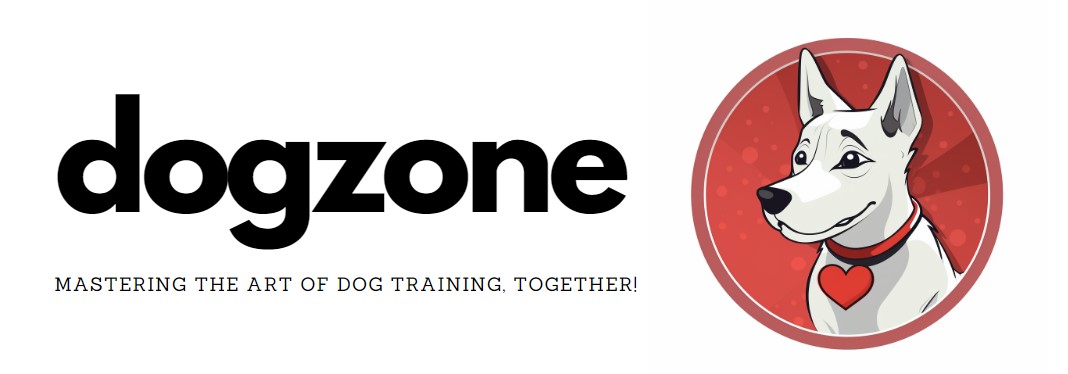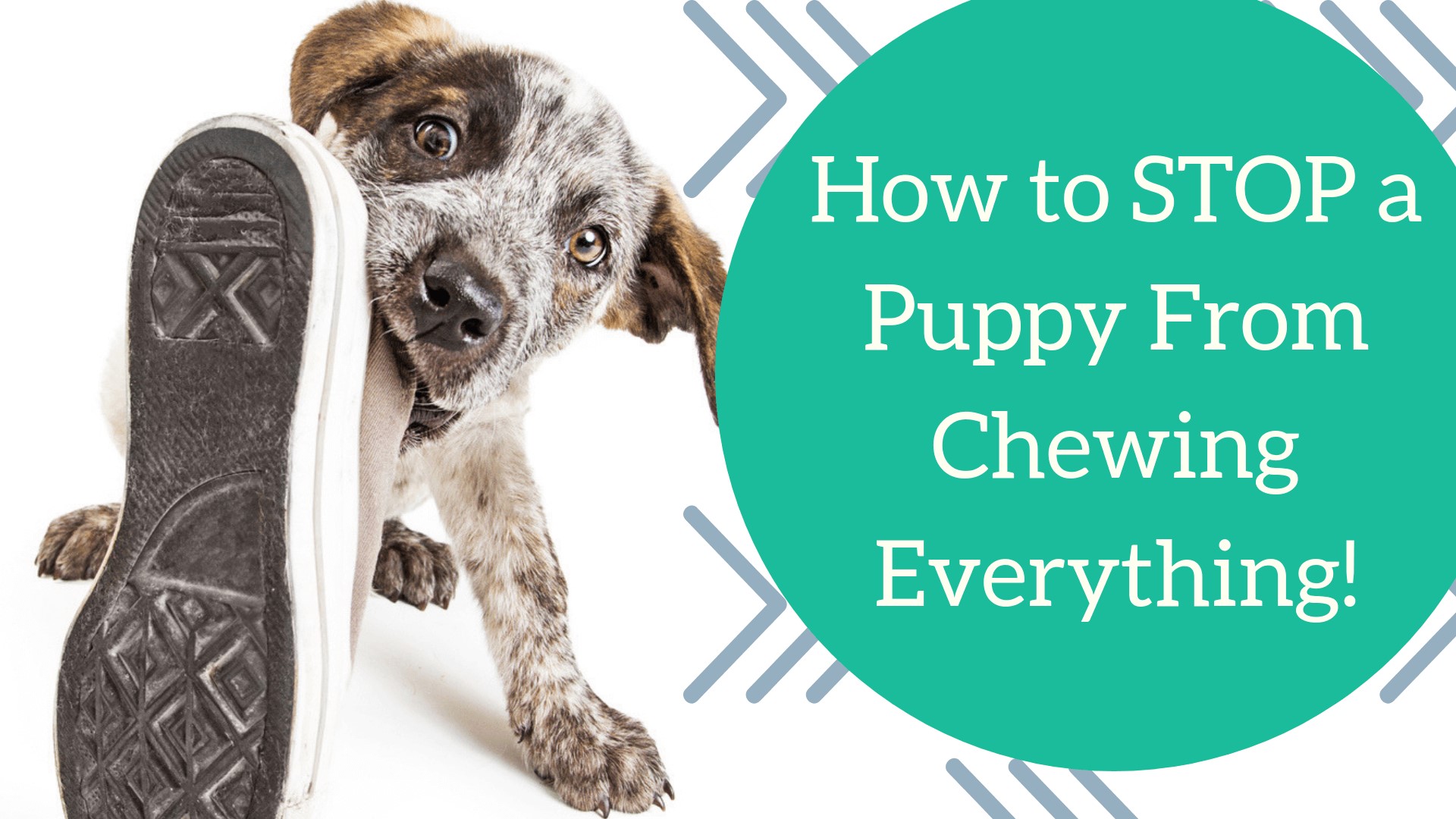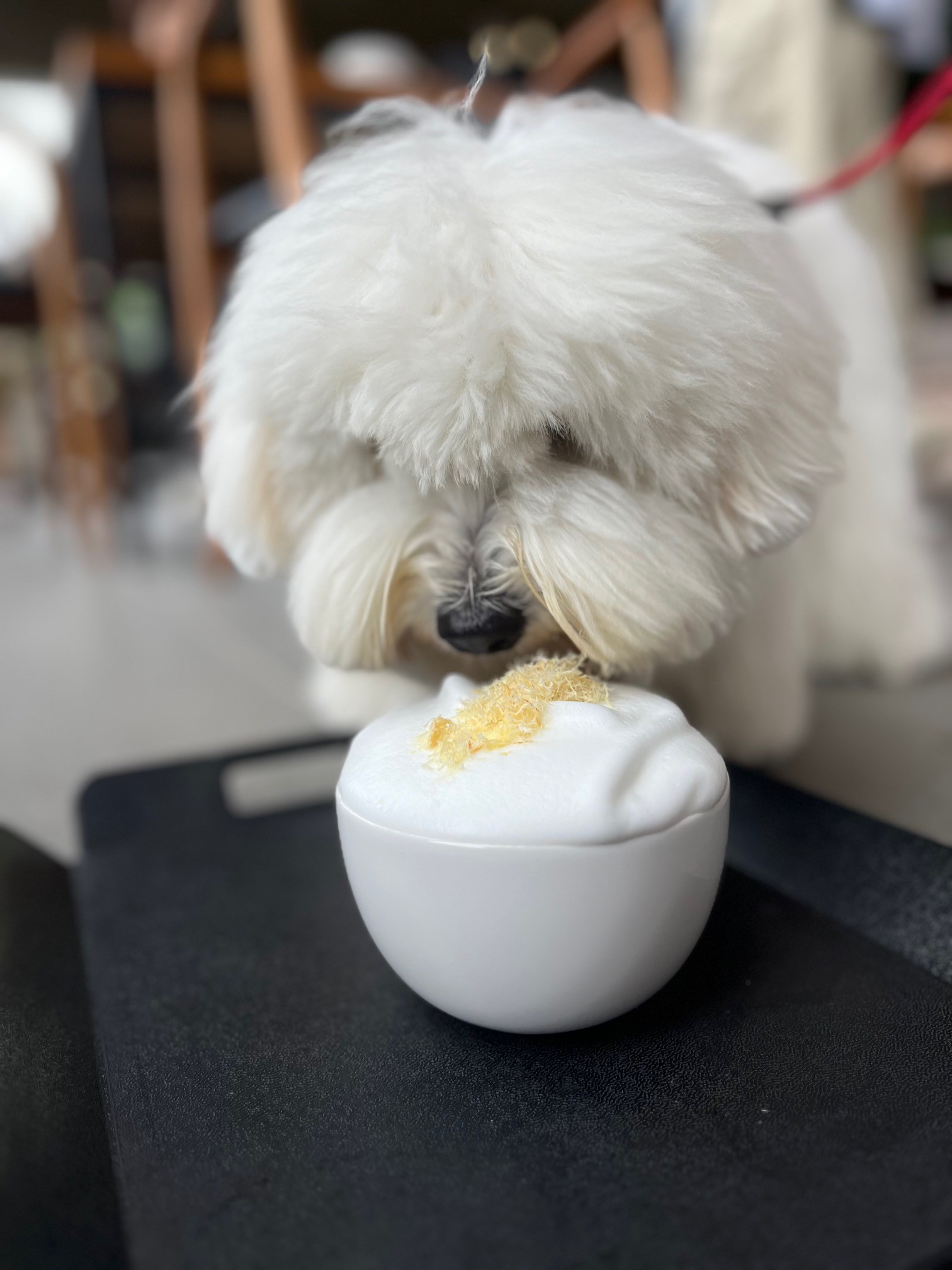A common obstacle for new dog parents is figuring out how to stop their puppy from chewing EVERYTHING. From cushions and blankets to shoes–the mop isn’t even safe from those needle-sharp chompers!
This dark cloud can dampen even the spirits of even the most enthusiastic dog-owners, but there is a silver lining! This bad habit can be nipped in the bud with the right tools, techniques, and some patience.
We have studied the teachings of Dr. Ian Dunbar, a trusted veterinarian, animal behaviourist, and pioneer in the dog training field, to find a foolproof solution to stop your puppy’s destructive habit.
But before we get into HOW to stop your puppy from chewing everything, we must first find out WHY your puppy is chewing.
How to Stop a Puppy from Chewing EVERYTHING. Could it Be Teething?
It is easy to write off a puppy’s constant gnawing as a behaviour problem, but the teething pain is much more likely to be the culprit. To establish which type of chewer you have, first consider the age of your puppy:
- 2-4 weeks: Baby teeth start to emerge. Puppies of this age should still be with their mother.
- 5-6 weeks: Puppies should have all 28 baby teeth and are likely eating moist or soft puppy food. Just a couple of weeks to go and puppies will be ready for their new homes.
- 12-16 weeks: Owners will begin to find tiny baby teeth laying around. These deciduous teeth fall out to make room for their adult teeth.
- 6 months: By or around six months, all baby teeth should have fallen out, and a full set of 48 adult teeth should have replaced them.
This timeline is important to determine if your puppy is undergoing the painful teething process. This happens twice within the first six months of life, OR if he has begun chewing out of stress or pure boredom.
Quick Ways to Deal With a Teething Puppy
Here are some quick fire tips to help save your house and shoes from your teething puppy:
- Raw meaty bones – this is 100% the best and most natural way to help your dog through his teething. Chewing on raw bones helps your dog soothe his inflamed gums, while the calcium helps develop strong teeth. As your dog ages it also prevents plaque build up, which is important as bad teeth lead to bad health.
- Cold carrots make cheap and nutritious chew toys that are jam-packed with vitamin A, potassium, and fiber.
- A bit of cool raw steak is a delicious source of protein, that is gentle on gums and reduces the inflammation that comes along with teething. The protein will increase energy and make the coat shinier, but limit this treat to once or twice a week.
- A frozen treat-filled Kong toy is quick to grab and will keep your pup busy (and happy)!
Even if teething is the cause of chewing, this behaviour must be addressed before it becomes routine, otherwise, your canine may transition into a destructive chewer simply out of habit!
Watch Out for Destructive Chewing
Destructive chewing is a pain in everyone’s tail – pups included! This bad habit can stem from many issues, from anxiety and stress to loneliness and lack of stimulation.
Figuring out what is triggering your dog’s chewing will take some close observation. A puppy cam could prove resourceful in pinpointing what is eliciting this response from your pet.
Time of chewing.
If chewing occurs ONLY when your puppy is left alone, then separation anxiety could be the cause.
Make sure you leave your puppy in a comfortable space like a crate or small puppy-proof room with a comfy bed with lots of stimulating toys. You will need to seek advice from a veterinarian if separation anxiety persists.
Dogs who mainly chew while your attention is focused on something else may be seeking attention. Combat this with lots of quality go for walks daily and spend plenty of time playing together daily.
Is there an environmental factor tied to chewing (such as a noisy vacuum running or thunderstorm)?
If so, chewing could very well be your pup’s attempt at stress-management. Redirect chewing and place their crate in a quieter area.
Author’s Note
Taking your pooch out first thing in the morning and then giving her a good healthy bone to chew on will satisfy her. When she is done with her bone, put it away for the next morning or the afternoon when the chewing starts up again.
In my experience, chewing is a sign of the puppy needing play time.
Pay close attention to what your puppy needs so you can help meet those needs.
Homeopathic Sprays to Combat Chewing
Homeopathic deterrent sprays are an excellent way to discourage your dog from gnawing their favorite off-limits surface (like chair legs and power cables).
These typically taste bad to a dog and will make destructive chewing a less enjoyable experience.
You may have to try several types to find one that works for your pooch.
Dog repellent sprays are readily available commercially and can also be easily replicated at home.
- Ammonia is a common dog repellent that can be used to clean any wooden furniture your pup fancies chewing.
- A solution of one part apple cider vinegar and two parts water is great for spraying on commonly chewed items
- Bitter apple sprays are sold in most pet stores and are a convenient solution for chew-happy pups.
- Spraying a VERY diluted solution of cayenne pepper and water will keep your dog from chewing certain items. It can irritate their eyes and noses; so it is suggested that this used sparsely and only in extreme circumstances.
DO NOT USE LEMON OR LEMON OIL ON SURFACES YOUR DOG MAY CHEW.
Lemons are toxic for dogs, even if they have never bothered your dog before, exposure to them can become toxic over time.
Once you have established the cause of destructive chewing, you can more easily remedy the situation; a chew toy coupled with plenty of stimulation and exercise will usually curb chewing altogether.
Using an all-natural dog repellent spray can make chewing household items less appealing.
Dr. Ian Dunbar’s Strategy for Dealing with a Chew-Happy Dog
If you follow our dog training articles you will be very familiar with the Godfather of dog training, Dr. Ian Dunbar and his amazing methods.
Here is a strategy he teachers is his Top Dog Academy:
Step 1 Take preventative measures—cover or tact up electrical cords and put away any valuables that Fido might get into.
Step 2 If you cannot supervise your puppy, keep him confined in a crate filled will several enticing chew toys.
Step 3 Dr. Dunbar urges owners to “make sure the only objects within reach are chew toys. Thus your puppy develops a serious chew toy habit right from the outset, if only because there is precious little else to chew”.
Step 4 Prepare several of these toys in advance, so they are readily available. Dr. Dunbar suggests Kong products and sterilised long bones because they are hollow and you can stuff them with delicious goodies.
Step 5 Stuff the toys with three types of treats–a kind that can is easily removed, a type that is more difficult to remove, and finally a treat that can only be removed by the owner. A mixture of kibble, peanut butter, and large hard-to-remove pieces of freeze-dried liver are excellent choices for this purpose.
Step 6 Several stuffed toys will keep Fido preoccupied with something positive rather than finding something negative to chew while you are away.
Step 7 Dr. Dunbar suggests to “Delay greeting your puppy until it fetches a chew toy. Then pull out the treats remaining in the Kong and give them to your pup.” Eventually, your dog will connect your arrival with receiving the remaining treats from the toy.”
Step 8 If your puppy messes up, stay calm and don’t make a fuss.
Step 9 Calmly use the command “out” or “crate” and escort your puppy away (eventually they will learn to go without you accompanying them). Banishment will teach your dog that chewing is not the way to get attention.
Step 10 If your puppy messes up, stay calm and don’t make a fuss.
Step 11 Above all, PRAISE your dog when it chews appropriate toys; this will make the connection between chewing his bone and receiving positive feedback.
Store pre-filled Kong toys or long bones in the freezer for easy access to redirect chewing, and always praise your dog for playing with them.
When caught in the act, use the command “out” or “crate” and escort your puppy away from you. Banishment will be much more effective than hitting or yelling.
The Great Raw Meaty Bone Debate
Almost every dog owner has heard the saying “Don’t feed your dog chicken bones; they can splinter in their stomach!” at one time.
The great bone debate has had veterinarian community for years now, with some saying they are essential for dental health, and others claiming they are downright dangerous.
The answer is somewhere in between. Some types of bones are incredibly beneficial for a dogs health, while others are detrimental.
Choosing the right bone for your dog
- Never feed your dog a cooked bone, these (no matter the type!) CAN splinter in their intestines and cause serious health problems and even death.
- Sanitation is key! Handle raw bones the same way you would handle meats for human consumption. Keep them refrigerated until it is time to eat. Putting the bone in the freezer for a few hours is a great way to kill any bacteria the bone may harbor.
- Choose human-grade meat/bones.
- Dr. Dunbar recommends sterilised long bones which you can fill with yummy treats.
- Do not give your dog “bully sticks” or large strips/knots of rawhide, these are easily swallowed and can cause obstructions in the digestive tract.
Choose a sterilised long bone or a human-grade raw bone for your dog. Make sure you keep raw bones refrigerated until right before consumption, this will prevent the growth of bacteria.
How to Stop a Puppy from Chewing a Mop
Mop-chewing is a favorite past time for many pooches, but this destructive hobby can have deadly consequences. Mop strings can pose a choking risk to a small puppy, and even if they don’t get lodged in the throat, they can still cause an intestinal obstruction.
Moreover, mops are typically soaked in all sorts of toxic chemicals including bleach and other common cleaning solutions. The easiest way to resolve this would be to keep any mops and cleaning chemicals stored in a closet out of reach of your puppy.
If you don’t have an off-limits closet, try using an unpleasant-tasting dog repellent spray, and redirecting chewing by “trading” the mop for a more appropriate chew toy.
There are even plush dog toys on the market that have a fringe-like appearance with a similar texture to a mop. Just make sure you supervise Fido with soft toys, these could be easily destroyed and swallowed by a heavy chewer in a matter of minutes.
How to stop a Puppy from Chewing Shoes
Dogs have roughly 294 MILLION more olfactory (scent) receptors in their noses than humans. With this keen sense of smell, your dogs are going to find a way to get to your sneakers, no matter how well you try to hide them–especially since the scent of their beloved owner is likely one of their favourites.
A hanging shoe organiser will keep footwear out of the reach of shorter dogs, but you may have to get a little more creative with taller breeds. Playing the “exchange game” may be a better approach for these dogs.
Offer your dog a stuffed Kong or bone in exchange for your favourite ballet flats, and praise them enthusiastically. Over time your pup will learn that bringing you a chew toy of their own will get them rewarded with affection.
How to Stop a Puppy from Chewing a Blanket
A puppy who is exclusively chewing soft surfaces like blankets may be in need of a soft plush toy to gnaw on. A frozen wet washcloth can be a beneficial item for a teething puppy as it is gentle on their inflamed gums. Many times a what looks like chewing is actually a puppy suckling, typically caused by being weaned too early.
How to Punish a Dog for Chewing
How to punish a dog for ANYTHING can be a tricky question to answer, even more since punishment techniques are easily misinterpreted and misused.
Let’s begin by discussing what NOT to do.
What NOT to do.
Never hit, loom over, scream at, forcefully grab, throw, purposefully scare, muzzle, or leave a dog in a crate for hours and hours to punish it for chewing.
Some outdated training manuals suggest trying the “alpha dog” maneuver (forcefully flipping a dog on it’s back and growling) on particularly difficult dogs, but most qualified trainers, Dr. Dunbar, and Patricia McConnell included, seriously discourage this technique.
The often misused practice can create a fear of humans which makes training more difficult and can even cause a dog to become aggressive.
Banishment.
Dr. Dunbar praises the banishment technique (also called “time out”), as the most effective form of punishment. It is simply stopping all playtime immediately when the undesired chewing is exhibited, and (softly but sternly) telling your dog to “exit” or “go to the crate.”
The first few times you will likely need to escort your dog away, but over time he will (reluctantly) leave on his own. Over time your dog will learn that the behaviour is not tolerated and will result in them being sent away from their owner.
Breed Specific.
Certain breeds may be more receptive to one particular method of discipline than others. Beagles are very nose-driven dogs, and can frequently be found scavenging through trash cans looking for discarded food morsels.
Though stubborn, Beagles are very food-oriented. Dr. Dunbar’s suggests shaking a treat bag while the dog is in timeout to show them just what they are missing out on.
“People-pleaser” breeds like Golden Retrievers may catch on to the house rules with banishment alone; whereas, high energy breeds like Jack Russell terriers will likely need to expend their energy before training can even begin!
When do puppies stop chewing everything?
Teething- induced chewing typically ends around the time a dog turns six months old, but that doesn’t mean the behaviour will stop entirely.
Gnawing on sticks and bones is instinctive for both wild and domesticated canines. It is ingrained in their brains, and for good reason, it is their way of strengthening their jaws and cleaning their teeth.
It will take an owners patience and consistent efforts to stop destructive chewing entirely, but it is possible.
If you cannot get your pet’s chewing under control, then seek veterinary advice and the counsel of a professional dog trainer.
It will take some trial and error to learn what works best for your dog. Never physically punish or yell at your dog to get them to behave. The banishment technique will usually work, but may require some minor “tweaks.” If all else fails, seek professional help.
The Takeaway
Countless dogs are surrendered to over-crowded pounds every day for chewing, making this natural behaviour death sentence for many – but it doesn’t have to be that way.
With effort, understanding, and a whole lot of love, your chew-happy puppy can grow into a trustworthy companion!
That’s All for Puppy’s Chewing
I hope you have been able to take away some new chewing solutions.
If you have, please drop us a comment below, we would love to reply to you!
Happy puppy phase!
Gina & Maisy



Leave a Reply